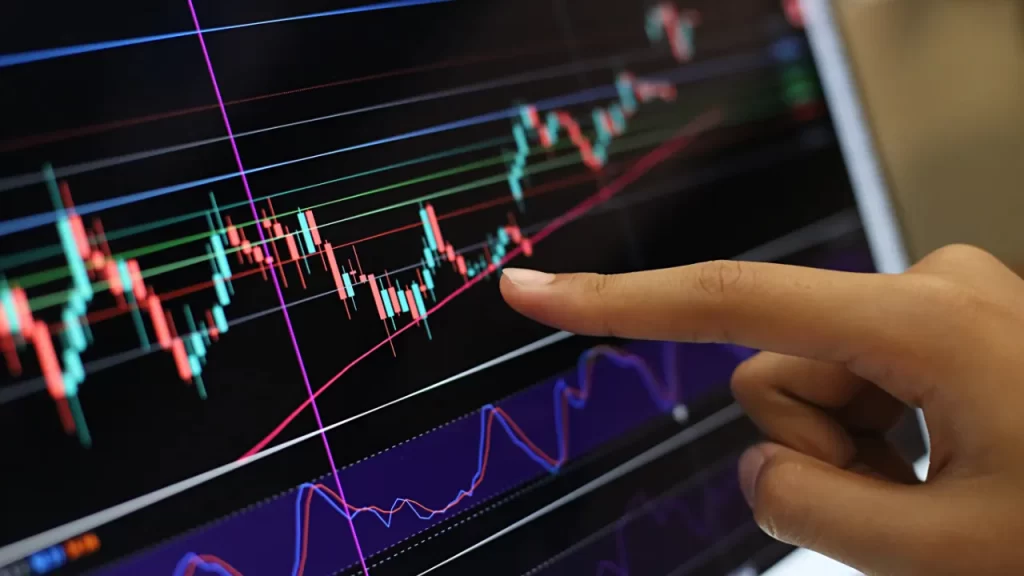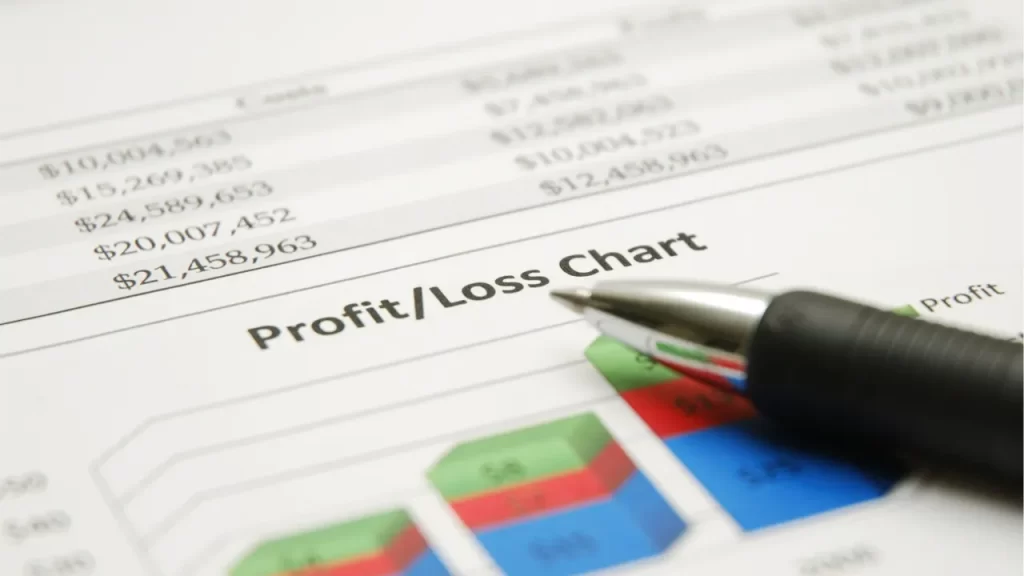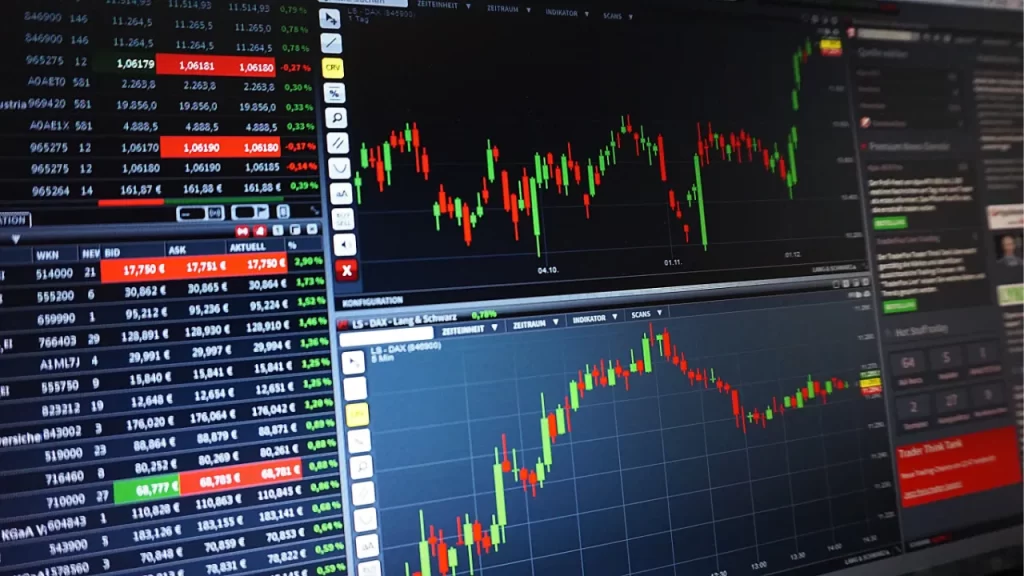Contracts for Difference (CFDs) allow traders to speculate on the price movements of various assets—such as stocks, commodities, indices, and currencies—without owning the underlying asset.
This derivative trading method is popular due to its flexibility and the ability to trade on both rising and falling markets.
Understanding how CFD trading works is essential for anyone looking to navigate this dynamic market.

The Basics of CFD Trading
What Is a CFD?
- Definition: A CFD is a financial derivative that mirrors the price movements of an underlying asset.
- No Ownership: When trading CFDs, you do not own the actual asset; you’re simply speculating on its price movement.
- Leverage: CFDs often allow traders to use leverage, meaning you can control a larger position with a smaller amount of capital.

How CFDs Differ from Traditional Trading
- Asset Ownership: In traditional trading, you purchase the actual asset (e.g., shares of stock), while CFD trading involves only the contract that reflects the asset’s price movement.
- Flexibility: CFDs offer the ability to profit from both upward and downward market movements.
- Cost Efficiency: Because you’re not buying the asset itself, transaction costs can sometimes be lower.

How a CFD Trade Works
1. Opening a Position
- Choosing Your Direction:
- Go Long: If you believe the asset’s price will rise, you open a “buy” position.
- Go Short: If you expect the asset’s price to fall, you open a “sell” position.
- Placing the Trade:
- Enter the trade through your broker’s platform.
- Specify the trade size (number of contracts or units) and your desired leverage, if applicable.
2. Monitoring the Trade
- Real-Time Price Movements:
- CFD platforms typically provide live updates on the asset’s price.
- Traders can monitor their positions and adjust settings, such as stop-loss orders, to manage risk.
- Using Technical Analysis:
- Many traders utilize chart patterns, trends, and technical indicators to decide when to exit or modify a position.
3. Closing a Position
- Exiting the Trade:
- Close the position to realize your profit or loss.
- The closing price compared to the opening price determines the outcome of the trade.
- Automatic Exits:
- Stop-loss and take-profit orders can be set to automatically close the trade once a certain price is reached.

Calculating Profit and Loss
How It’s Determined
The profit or loss (P&L) on a CFD trade is calculated based on the difference between the opening and closing prices, multiplied by the number of units or contracts traded.
- For a Long Position:
- Profit: When the closing price is higher than the opening price.
- Loss: When the closing price is lower than the opening price.
- For a Short Position:
- Profit: When the closing price is lower than the opening price.
- Loss: When the closing price is higher than the opening price.
Example Calculation
Suppose you buy a CFD on a stock at R100 per unit and later sell it at R110 per unit:
- Profit per Unit: R110 – R100 = R10
- Total Profit: R10 multiplied by the number of units traded (after accounting for any fees).

Costs and Fees Involved
Understanding the Financial Implications
- Spreads: The spread is the difference between the bid (selling) and ask (buying) price. This is the primary cost of entering a CFD trade.
- Commissions: Some brokers charge a commission per trade, especially if trading shares or other specific instruments.
- Overnight Fees: If you hold a position open overnight, you might incur additional financing charges. These fees compensate for the leveraged amount that your broker has effectively lent you.

The Role of Leverage and Margin
How Leverage Works
- Definition: Leverage allows you to open positions that are larger than your initial investment by borrowing funds from your broker.
- Margin Requirement: The margin is the minimum amount of capital required to open a leveraged position. This is typically a fraction of the total trade value.
- Risk Amplification: While leverage can multiply profits, it also increases potential losses. It’s crucial to use leverage judiciously and implement robust risk management strategies.

Risk Management in CFD Trading
Strategies to Protect Your Investment
- Stop-Loss Orders: Automatically close a trade at a predetermined price to limit losses.
- Position Sizing: Only risk a small percentage of your trading capital on any single trade to avoid significant losses.
- Regular Monitoring: Keep a close eye on market conditions and adjust your strategies as necessary.
- Educate Yourself: Continual learning and using demo accounts can help you refine your trading approach without risking real money.
Tips for Beginners
- Start Small: Begin with a small investment to understand how CFD trading works before scaling up.
- Practice with a Demo Account: Many brokers offer demo accounts where you can practice trading without risking actual funds.
- Stay Informed: Keep up with market news and trends to make informed trading decisions.
- Develop a Trading Plan: Define your goals, risk tolerance, and strategies before entering trades.
Conclusion
Understanding how CFD trading works is the first step toward becoming a proficient trader.
By familiarizing yourself with the process of opening and closing positions, calculating profit and loss, and managing associated costs and risks, you can approach CFD trading with greater confidence.
Remember, while the potential for profit is significant, so are the risks. Always use risk management techniques and continuously educate yourself to adapt to changing market conditions.






